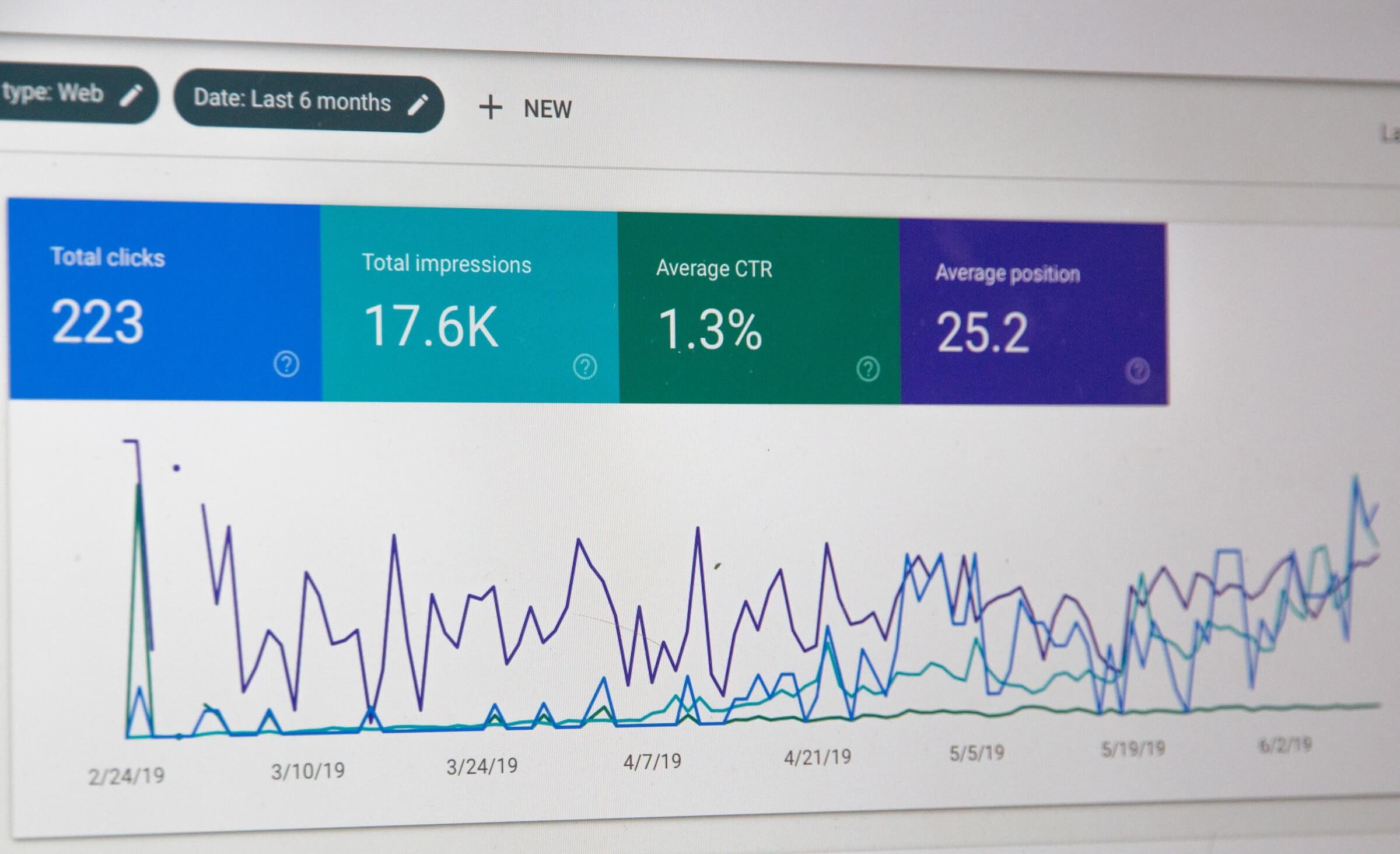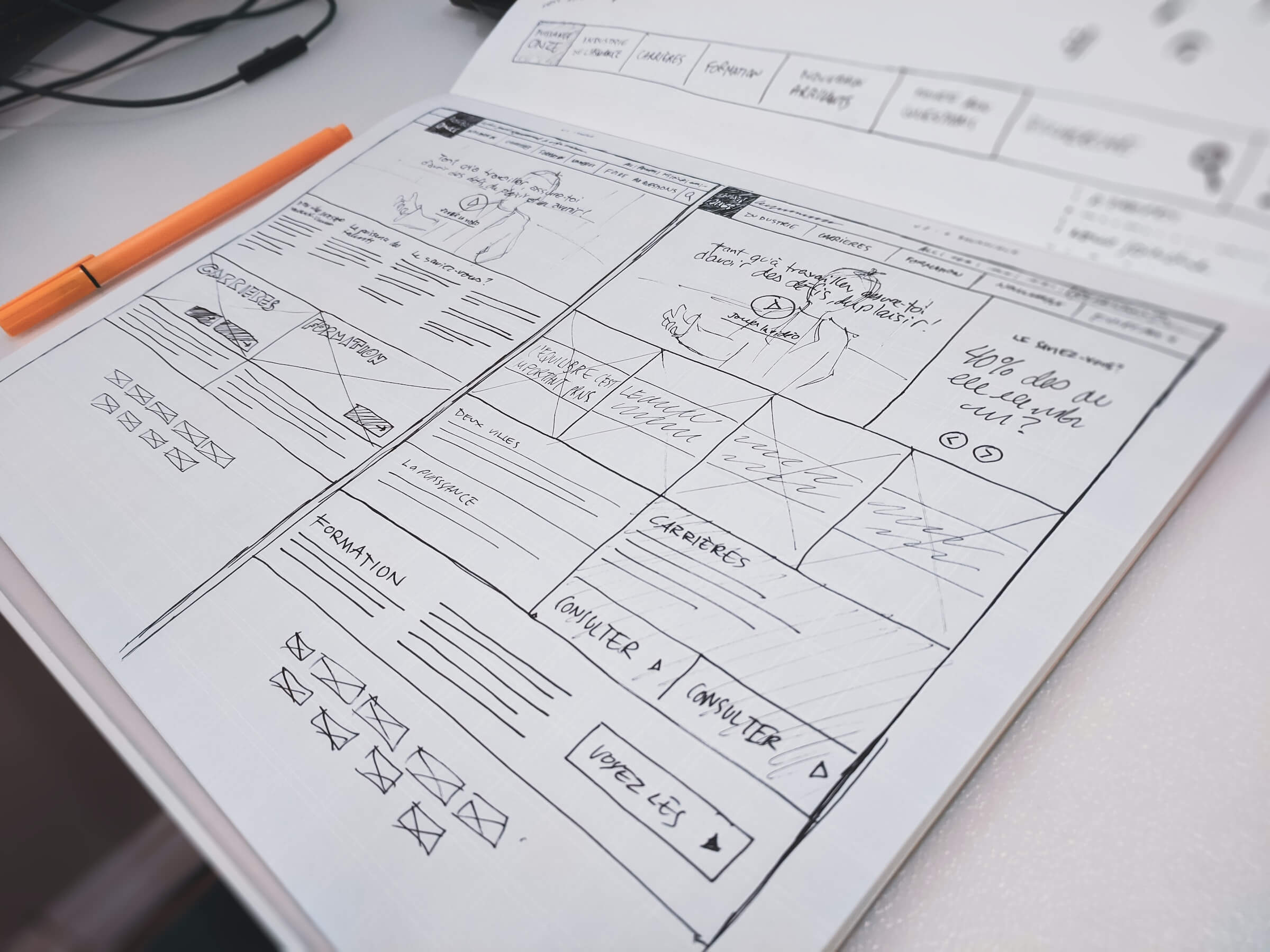When you design or redesign your website, there are several things to keep in mind. It’s not only about the visual part of the website that is important and research may be a crucial part of your website design process:
- Who is returning to your website, and why?
- What specific factors that a client would like aren’t being met by the present website?
- What pages are operating well?
- How can you redesign?
Don’t panic if you don’t have the answers right away. We’re going to go through them and assist you in developing a website design strategy, therefore you’ll be able to make sure you’re doing all designs relevantly and approaching them using the best method.
A website redesign often accomplishes several things for your online business. It may make your website more aesthetically pleasing and user-friendly, and boost your internet marketing due to its fresh new look. However, there are a few basic things to consider before you jump in.
You’ve done your analysis, you’ve lined up your KPIs, and you’re able to begin the design.
A/B testing is commonly an honest answer, particularly if you have got enough traffic to urge statistically vital results. You just take one new component and take a look at the impact on your website’s performance compared to the present site. for instance, you could:
Test whether or not the video on your homepage (which existing customers have already told you they enjoyed) might be visited more than previous content.
Test whether or not social proof makes a distinction to conversions on your checkout page. If it does…
Continue with another amendment
But if you don’t have enough traffic there are alternative ways to check the effectiveness of some website designs; for instance, you’ll contemplate running tempered usability testing sessions, each in-person and remotely, wherever you show your new page(s) to real individuals, get them to act with it, and raise questions on their expertise and any obstacles they’re encountering.
Make sure that you know the goal of redesigning your website, to begin with. If you have some specific goals in mind, such as increasing sales, improving conversion rates, attracting new visitors, or changing the website for personal reasons, it is important to know what those goals are before you do anything else.
This includes knowing the basic information about your website, understanding how visitors will reach your website, knowing the purpose behind your redesign, determining what you hope to accomplish by changing the website, and establishing goals for the site.
Once you know the goal behind your website redesign, consider using an Internet marketing tool like Google Analytics to learn more about your visitors and their browsing habits. You can obtain this information through the Google Analytics website, which allows you to customise the information you receive by choosing the options you wish to receive, as well as avoiding the ones you don’t.
You can learn things like how long a visitor stays on a page, what links they click on, which search engines they frequently use, and what pages they click on most. If you’re unfamiliar with how to read data in Google Analytics, you can access the website for free.
Finally, your company’s online presence should always reflect your brand. The website is one place where everything regarding your identity should match: logos, mission statements, and values are an intricate part of the look of your site. If you rebrand, you will need to change your web pages as well.
Carrying out a website redesign can be a daunting task but it doesn’t have to be. Take your time while you are considering a redesign to make sure you create a site that authentically represents your brand.
Let us do the work for you and create an awesome website.



